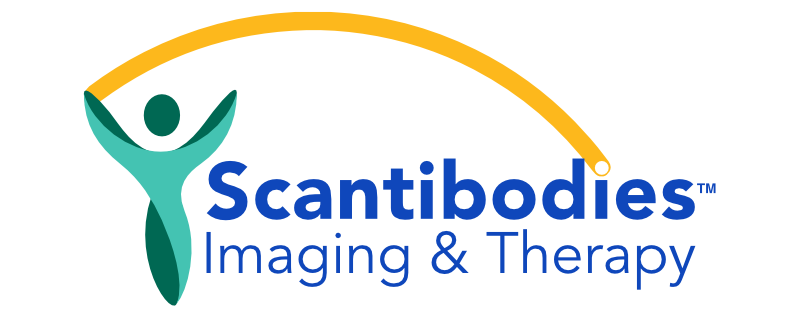Common Environmental Cancer Risks
Many cancer-causing substances, or carcinogens, are found in the air we breathe, the products we use, and even the food we eat. Here are some of the most common environmental factors linked to increased cancer risk:
- Tobacco Smoke (Including Secondhand Smoke)
Cigarette smoke contains more than 70 known carcinogens. Even if you don’t smoke, frequent exposure to secondhand smoke can increase your risk of lung, throat, and other cancers.
What you can do:
Avoid smoking and stay away from smoke-filled environments. Encourage smoke-free homes and public spaces.
- Air Pollution
Outdoor air pollution, especially in cities, contains harmful particles from vehicles, factories, and burning fossil fuels. Long-term exposure is linked to lung cancer and other respiratory diseases.
What you can do:
Use air purifiers indoors, check local air quality reports, and limit outdoor activity on high-pollution days.
- Household Chemicals and Cleaning Products
Certain household products—like cleaners, pesticides, and synthetic air fresheners—can release toxic chemicals that are absorbed through the skin or inhaled over time.
What you can do:
Switch to non-toxic or natural cleaning alternatives. Ventilate your home well and store chemicals safely.
- Radiation Exposure
Excessive exposure to ultraviolet (UV) rays from the sun or tanning beds can cause skin cancer. In some areas, radon gas—a naturally occurring radioactive gas—can build up indoors and increase lung cancer risk.
What you can do:
Use sunscreen, avoid tanning beds, and test your home for radon if you live in a high-risk area.
- Food Additives and Contaminants
Some processed foods contain additives, preservatives, or contaminants like pesticides, which may be linked to cancer over time. Grilling or charring meat can also produce cancer-causing compounds.
What you can do:
Eat organic when possible, wash produce thoroughly, and avoid overcooking meat. Choose fresh, whole foods over processed options.
- Industrial and Workplace Hazards
Long-term exposure to asbestos, diesel exhaust, solvents, and other industrial chemicals in certain work environments increases cancer risk.
What you can do:
Follow safety guidelines, use protective gear, and know your rights to a safe workplace.
Your Environment Matters—But So Does Early Detection
While it’s impossible to eliminate every risk, being aware of environmental factors empowers you to minimize exposure where you can. Simple changes in your home, workplace, and daily routine can add up to major long-term health benefits.
At Scantibodies Imaging and Therapy, we encourage a proactive approach to health. Alongside lifestyle awareness, PET/CT scans can help detect cancer early—often before symptoms begin—giving you a better chance at effective treatment and recovery.
When Something Feels Wrong, Speak Up: Why Early Cancer Screening Matters
Georgia O’Connor’s Story: A Reminder to Trust Yourself
Eat Well, Live Well: Healthy Diets and Daily Habits to Lower Cancer Risk
We believe that health is a lifelong journey—one that combines smart choices, early screening, and daily care.
What Joe Biden’s Cancer Journey Reminds Us About Early Detection
Cancer doesn’t always come with symptoms. In fact, many cancers develop silently, growing for months or even years before showing obvious signs.
Speak with one of our doctors to find out if a diagnostic PET scan is a good fit for your health goals.

